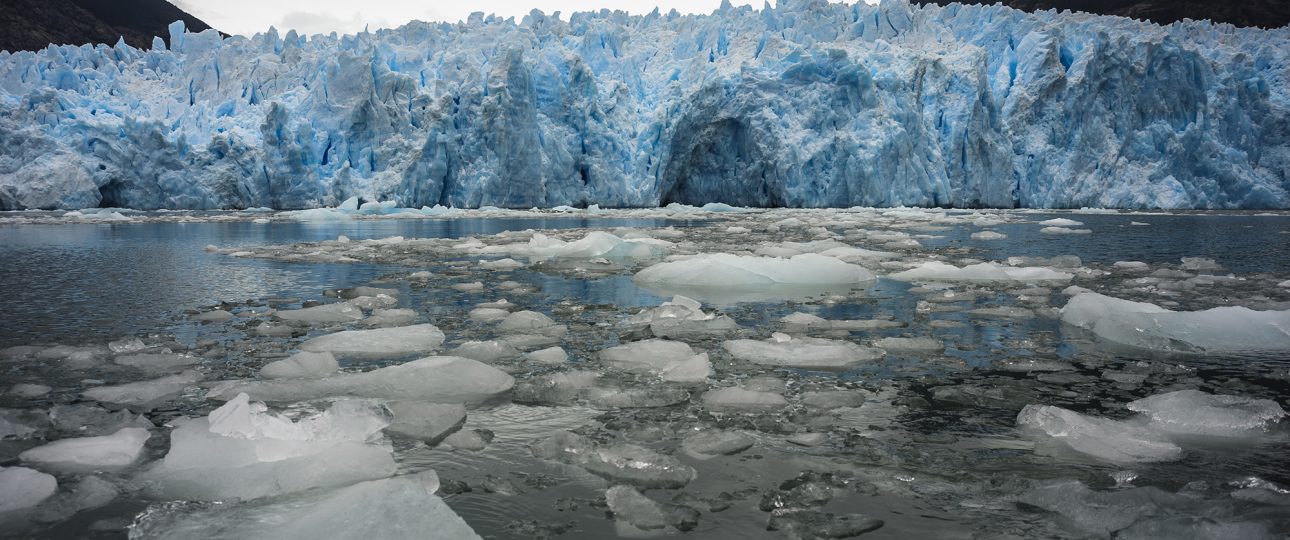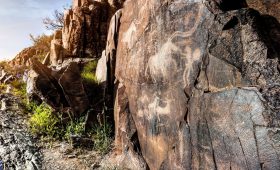Laguna San Rafael: Discover Chile’s Natural Marvel
Welcome to Laguna San Rafael
Laguna San Rafael, located in Chile’s Aysén Region, offers a unique blend of natural beauty and adventure. This destination is renowned for its stunning landscapes and rich biodiversity, making it a remarkable place for travelers seeking an authentic experience.
What Makes Laguna San Rafael Unique?
Laguna San Rafael is a testament to nature’s grandeur. Here are some features that set it apart:
- San Rafael Glacier: The glacier is a central attraction, known for its towering ice walls and striking blue hues. Watching the glacier calve into the lagoon is a dramatic and memorable sight.
- Rich Biodiversity: The area is home to diverse wildlife, including black-browed albatrosses, great grebes, and black-necked swans. Marine life such as Chilean dolphins and sea lions can also be observed.
- Remote Wilderness: The park’s remote location means it remains largely untouched by mass tourism, offering a serene escape into nature.
Best Time to Visit
Visit Laguna San Rafael during the summer months of December to February. The weather is milder, and the days are longer, providing ample time to explore. However, be prepared for unpredictable weather, as the region can experience significant rainfall.
How to Get There
Reaching Laguna San Rafael requires some planning. Fly into Balmaceda Airport in the Aysén Region. From there, travel to Puerto Chacabuco, a common starting point for tours to the lagoon. Boat tours are the primary way to access the lagoon, offering a scenic journey through the Chilean Inside Passage.
Local Transportation
Exploring Laguna San Rafael is best done via boat tours organized by local operators. These tours provide an opportunity to navigate the lagoon and approach the glacier closely. Booking in advance is recommended, especially during peak travel seasons.
Additional Insights
- The park was designated a World Biosphere Reserve by UNESCO in 1979.
- San Rafael Glacier has been a tidewater glacier since the mid-18th century.
- The park features some of Patagonia’s highest Andes mountains, including Monte San Valentín.
- Annual precipitation is high, with Laguna San Rafael weather station recording over 4,440 mm (175 in) annually.
- Infrastructure is minimal; hiking and boat tours are the best ways to explore.
Laguna San Rafael offers a raw and captivating experience for those willing to venture into its remote wilderness. While the journey may be challenging, the rewards are unparalleled for nature enthusiasts and adventure seekers alike.




